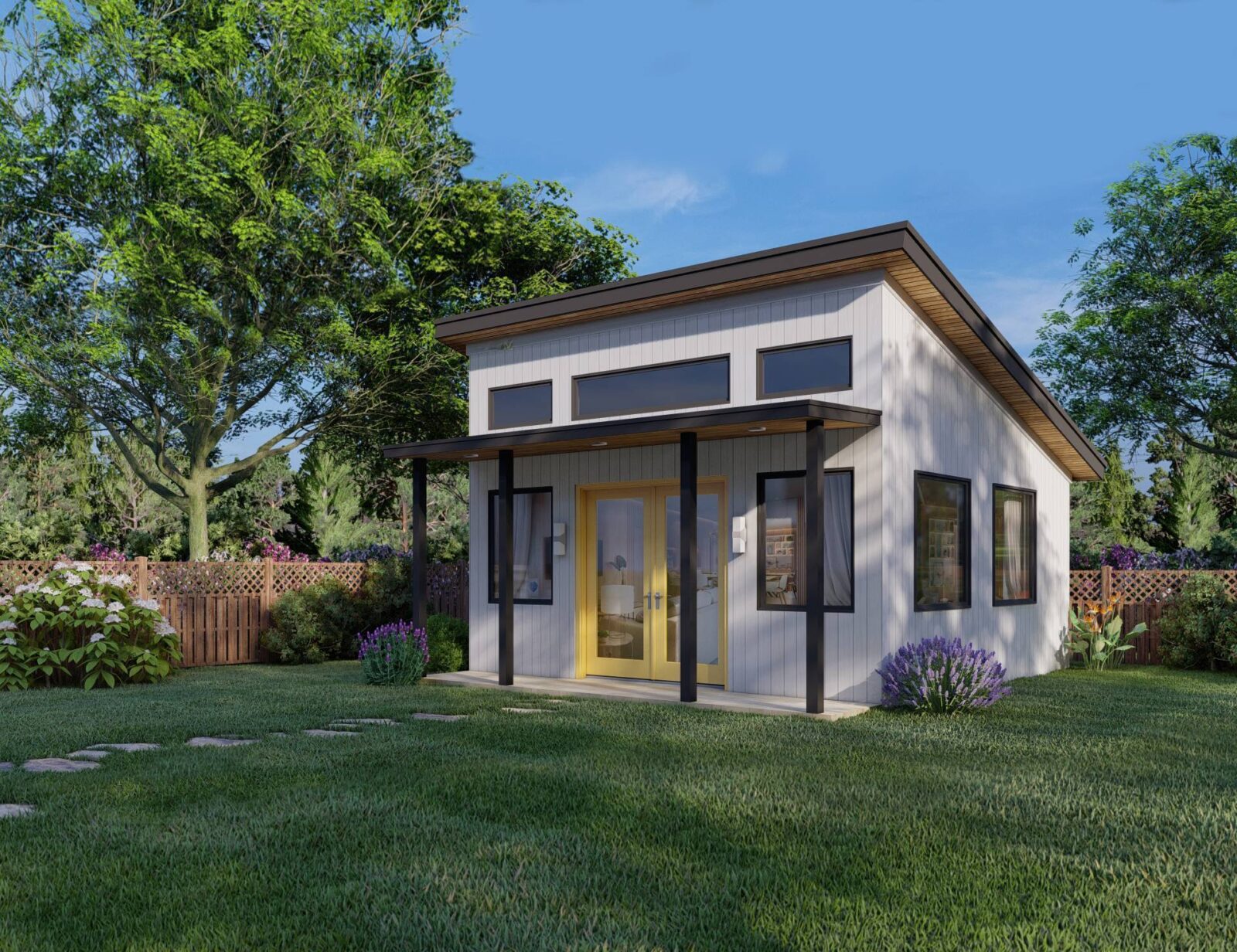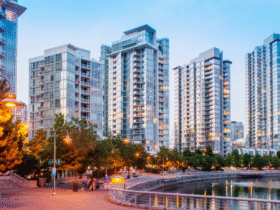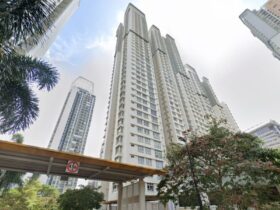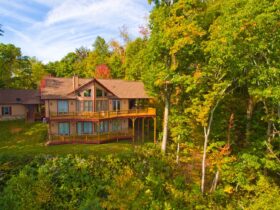As the housing market continues to evolve, more people are exploring alternative housing options beyond traditional site-built homes. Two popular alternatives are manufactured homes and modular homes. While they might seem similar at first glance, they have distinct differences that can significantly impact a potential buyer’s decision. This article will delve into the key differences between manufactured homes and modular homes, helping you understand which option might be best suited for your needs.
Understanding Manufactured Homes
Manufactured homes, often referred to as mobile homes, are built entirely in a factory setting and then transported to the site where they will be occupied. The construction process of manufactured homes is governed by the U.S. Department of Housing and Urban Development (HUD) Code, which sets standards for design, construction, strength, durability, transportability, fire resistance, and energy efficiency. These homes are typically constructed on a non-removable steel chassis, which allows them to be moved, although they are not meant to be moved frequently once placed. UMH properties doing great in the field of manufactured homes view their listings here.
Key Characteristics of Manufactured Homes:
- Construction and Assembly: Built in a factory and transported to the site on their own wheels and chassis.
- Regulation: Governed by HUD standards, which are consistent nationwide.
- Foundation: Can be placed on a temporary foundation, such as concrete blocks or steel piers, but can also be installed on a permanent foundation.
- Cost: Generally more affordable than both modular and traditional homes due to efficient manufacturing processes and standardized construction.
- Mobility: Designed to be movable, though they are often installed permanently at a location.
- Customization: Limited customization options compared to modular homes, as they are often built in standard sizes and layouts.
Understanding Modular Homes
Modular homes by professionals like UMH Properties Inc., on the other hand, are also constructed in a factory setting but differ significantly in terms of construction, regulation, and installation. These homes are built in sections, or modules, which are then transported to the site and assembled on a permanent foundation. Modular homes must comply with local building codes for the location where they will be placed, which can vary widely.
Key Characteristics of Modular Homes:
- Construction and Assembly: Built in sections (modules) in a factory and then transported to and assembled on a permanent foundation at the site.
- Regulation: Must comply with local, state, and regional building codes where the home will be located, not a federal code.
- Foundation: Installed on a permanent foundation, such as a basement or crawl space, making them indistinguishable from site-built homes.
- Cost: Typically more expensive than manufactured homes but can be more affordable than traditional site-built homes due to faster construction times and economies of scale.
- Mobility: Not designed to be moved after installation; moving a modular home would be as complex and costly as moving a traditional home.
- Customization: Offers more customization options, including architectural styles, floor plans, and finishes, providing a level of personalization comparable to traditional homes.
Comparing Quality and Durability
Both manufactured and modular homes are built in controlled factory environments, which can lead to higher quality construction due to consistent building conditions and protection from weather-related delays. However, the level of quality and durability can vary based on the materials used and the construction standards.
Manufactured Homes:
– Generally, manufactured homes have improved significantly in quality and design over the years.
– They are built to withstand transportation and are often quite durable.
– HUD regulations ensure a baseline level of quality, but because they are designed to be affordable, the materials used may not always be as high-end as those in modular homes.
Modular Homes:
– Often perceived as higher quality due to adherence to local building codes and the use of materials comparable to those used in site-built homes.
– Assembled on a permanent foundation, they offer a structural integrity similar to traditional homes.
– The ability to customize and use premium materials can result in a more durable and long-lasting home.
Financial Considerations
The cost of both manufactured and modular homes can vary widely depending on size, customization options, and location. Generally, manufactured homes are the more affordable option, making them attractive to first-time homebuyers or those seeking budget-friendly housing solutions. Modular homes, while more expensive than manufactured homes, offer a middle ground between affordability and the quality of site-built homes.
Financing:
– Manufactured Homes: Financing can be more challenging due to the perceived depreciation and the fact that they are often classified as personal property rather than real estate. However, some specialized lenders offer loans for manufactured homes.
– Modular Homes: Typically easier to finance because they are classified as real estate once installed on a permanent foundation. They appreciate in value similarly to traditional homes, making them more attractive to traditional mortgage lenders.
Choosing between a manufactured home and a modular home depends largely on your budget, customization preferences, and long-term housing goals. Manufactured homes offer an affordable and flexible option, suitable for those looking for cost-effective housing solutions. Modular homes, with their customizable options and adherence to local building codes, provide a more permanent and higher-quality alternative that can rival traditional site-built homes.
Understanding these differences can help you make an informed decision and find the right home that fits your needs and lifestyle. Whether you prioritize affordability, quality, or customization, both manufactured and modular homes offer unique benefits that cater to a wide range of housing preferences.











